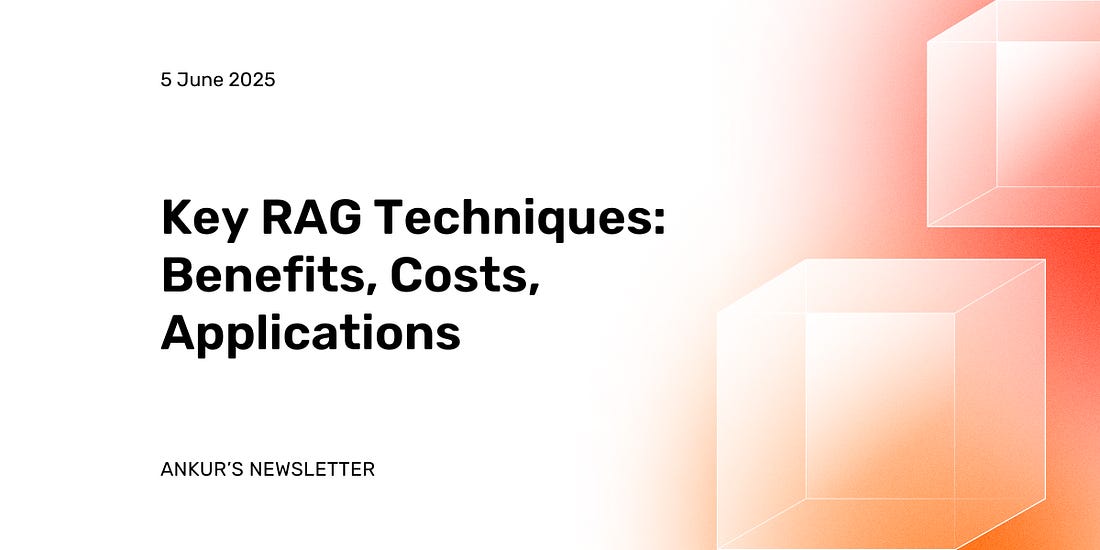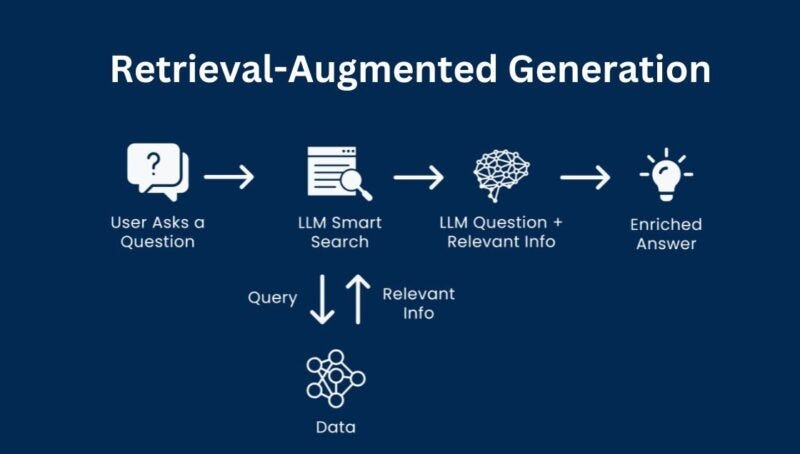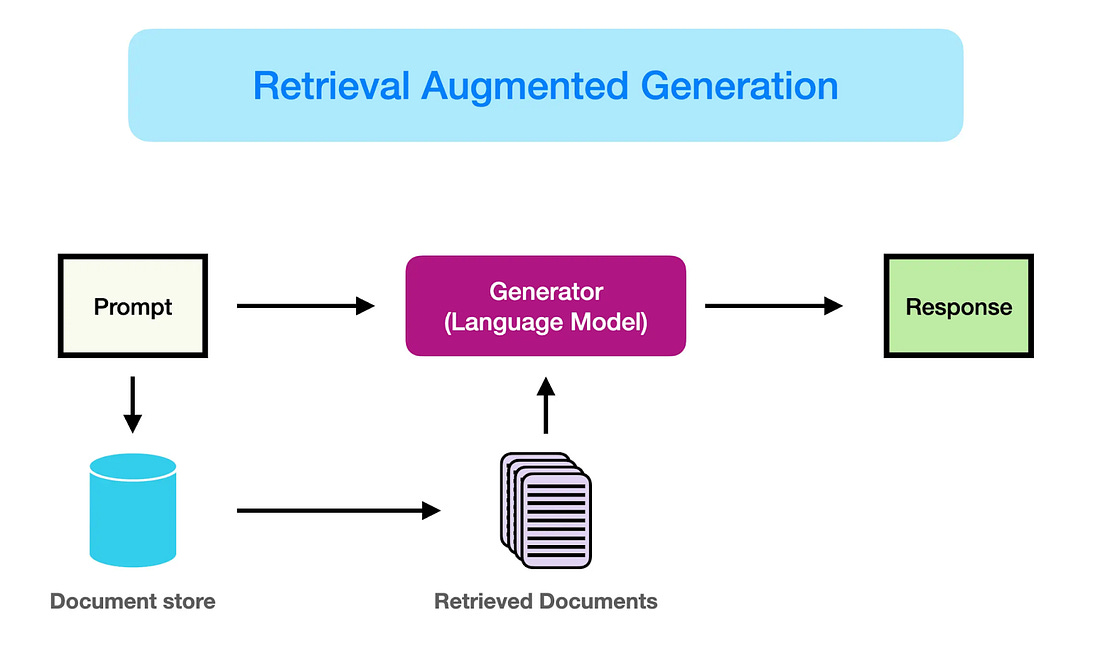|
 |
Key RAG Techniques: Benefits, Costs, Applications
Compare different Retrieval Augmented Generation (RAG) techniques including implementation methods, best practices, and challenges to overcome.
Let’s revisit one of our most popular posts of 2024 around RAG and its implementation. As enterprises today continue to navigate the agentic AI landscape, this topic is more timely than ever.
Key Takeaways
1. Retrieval Augmented Generation (RAG) is essential for effective enterprise AI implementation, enhancing information retrieval and overcoming limitations of traditional large language models.
2. Four main RAG techniques include traditional document-based, vector database, hybrid, and multimodal approaches, each with unique strengths and applications.
3. Choosing the right RAG method depends on an enterprise's specific needs, data types, and computational resources.
4. Successful RAG implementation requires careful consideration of data quality, security, scalability, and integration with existing systems.
5. Best practices for RAG deployment include prioritizing data management, investing in security, embracing an API-first approach, and starting with pilot projects before full-scale implementation.
In 2023, I started Multimodal, a Generative AI company that helps organizations automate complex, knowledge-based workflows using AI Agents. Check it out here.
Retrieval Augmented Generation (RAG) is key to enterprises unlocking AI implementation and making their workflows smoother and more efficient. Generative AI is truly the future of work, but for it to be effective for complex knowledge work, techniques like RAG are crucial.
Let’s dive into some of the most effective ways to do RAG, and how you should think about it if you’re trying to build AI systems for enterprises.
Why enterprise AI needs RAG
Large language models are excellent at doing complex tasks really fast. But because of their huge training database and complicated architecture, they’re not very relevant for enterprise applications without some tweaking. Here’s why I recommend every enterprise AI builder to engage with RAG:
1. Enhanced information retrieval: RAG combines large language models (LLMs) with external knowledge sources, providing accurate and contextually relevant responses to user queries.
2. Overcoming LLM limitations: Traditional LLMs often struggle with real-time or domain-specific inquiries. RAG addresses this by integrating up-to-date information.
3. Streamlined workflows: In finance and insurance, RAG systems can integrate structured and unstructured data sources, improving decision-making processes.
RAG implementation methods
Depending on the way you’re going to use AI for your enterprise, the method of retrieval augmented generation you choose will also differ. Here are some typical RAG techniques enterprises use:
1. Traditional document-based RAG
This method forms the foundation of many RAG systems, especially in text-heavy industries. Here's what you need to know:



